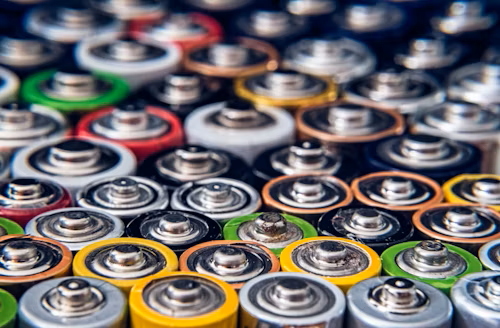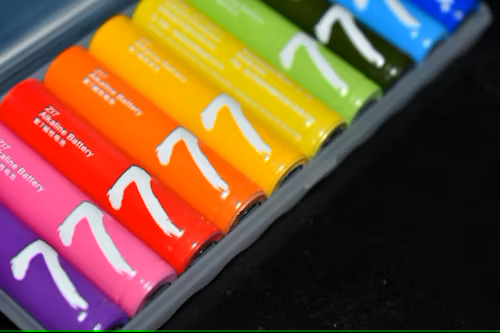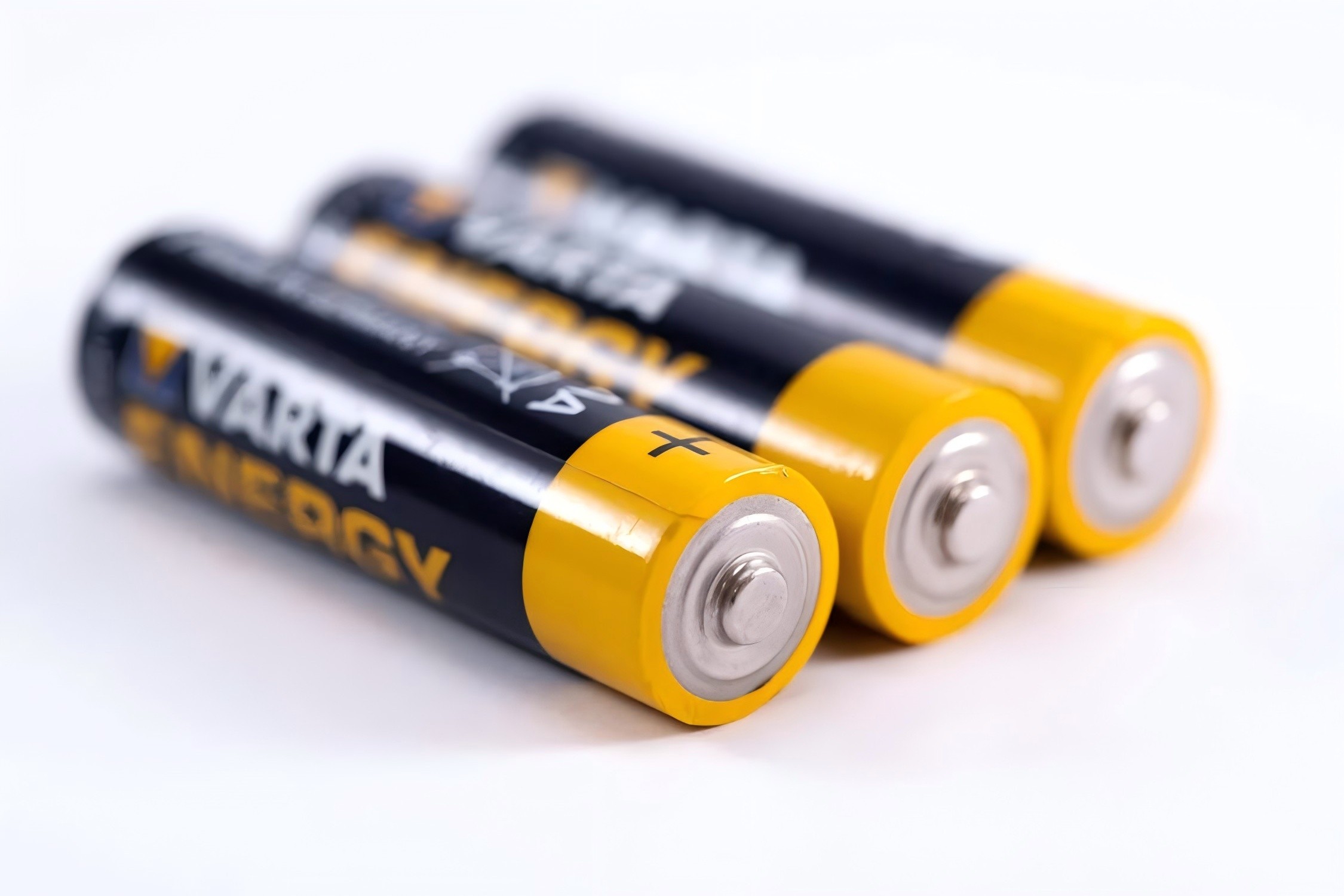Carbon nanotubes can be classified into single-walled carbon nanotubes and multi-walled carbon nanotubes based on the difference in carbon layers. In commercial applications, single-walled carbon nanotubes have superior performance, featuring true nanoscale tube diameters, better electrical conductivity, flexibility and high elasticity.


























